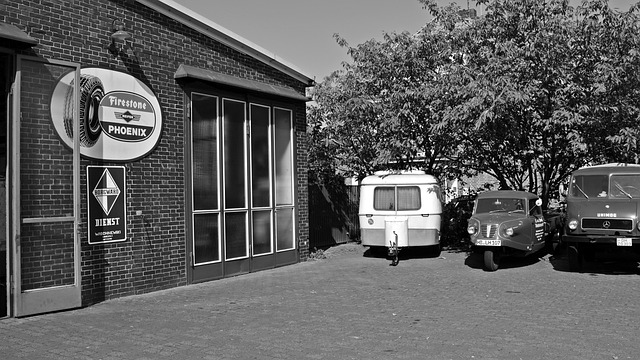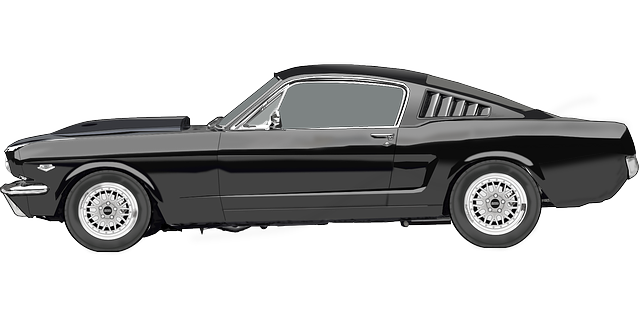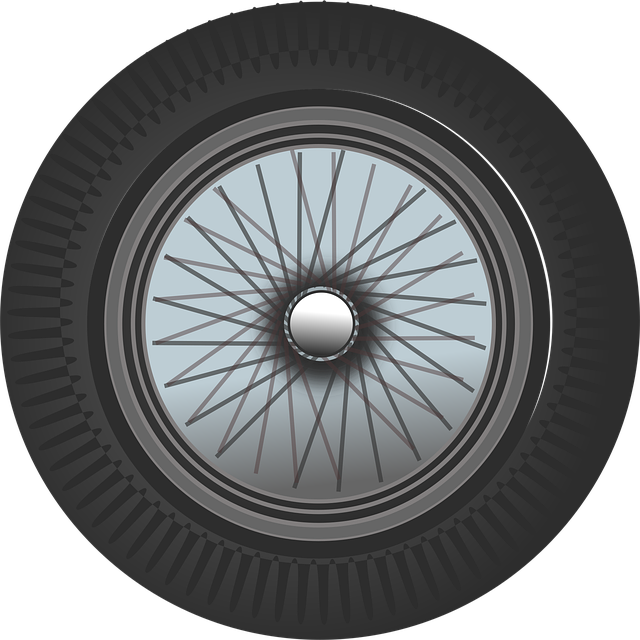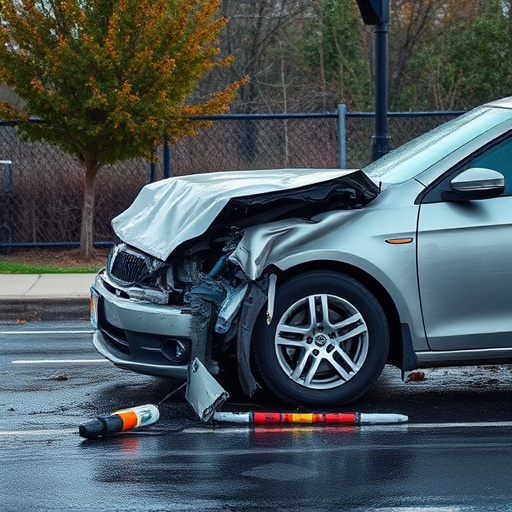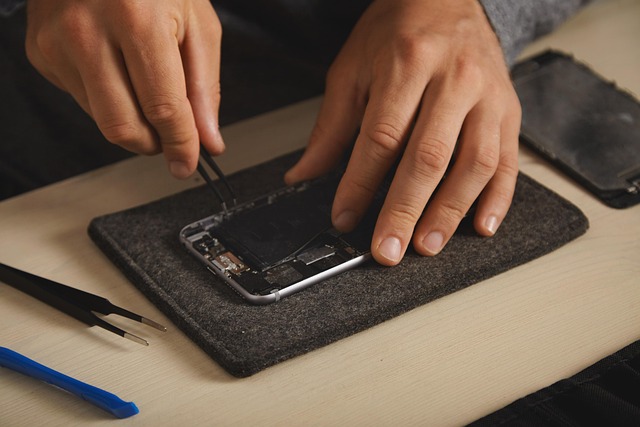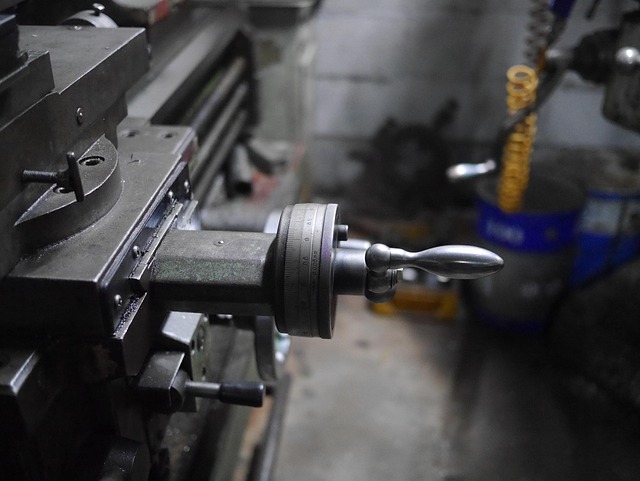Claim Dispute Resolution (DDR) is a swift, cost-efficient process for resolving disagreements in sectors like auto body services, focusing on open communication and negotiation with neutral third-party help. Unlike traditional litigation, DDR prioritizes quick resolutions, fostering positive customer relationships and fair practices. Its advantages include saving costs, mitigating financial impacts, and maintaining profitability, especially for competitive industries like automotive. Real-world applications show DDR's efficiency, fairness, and cost-effectiveness in various dispute scenarios.
Discover how claim dispute resolution (DDR) can be a cost-saving strategy for your business. This comprehensive guide breaks down DDR’s basics, highlighting its potential benefits and real-world applications through case studies. Learn about efficient strategies to navigate disputes, reduce legal fees, and avoid prolonged litigation—all while maintaining your financial health. Explore why adopting an informed DDR approach is crucial for businesses seeking to minimize expenses and maximize returns.
- Understanding Claim Dispute Resolution: The Basics
- Cost Savings Strategies: How DDR Can Be Beneficial for Your Business
- Effective Case Studies: Real-World Examples of Successful Disputes Resolved
Understanding Claim Dispute Resolution: The Basics

Claim dispute resolution is a process designed to efficiently address and resolve disagreements or disputes related to claims, particularly in sectors like auto body services. It’s a structured approach that aims to save time and money for all parties involved, especially when dealing with issues like car scratch repair or auto body painting. This method encourages open communication and negotiation, allowing individuals and businesses to find mutually agreeable solutions without lengthy legal battles.
The basics involve identifying the dispute, gathering relevant information, and engaging in a series of meetings or negotiations facilitated by a neutral third party. Unlike traditional litigation, which can be costly and time-consuming, claim dispute resolution focuses on swift and cost-effective resolutions. It’s a proactive strategy that many auto body services embrace to maintain positive customer relationships and ensure fair practices, ultimately leading to a smoother process for car scratch repair or auto body painting claims.
Cost Savings Strategies: How DDR Can Be Beneficial for Your Business
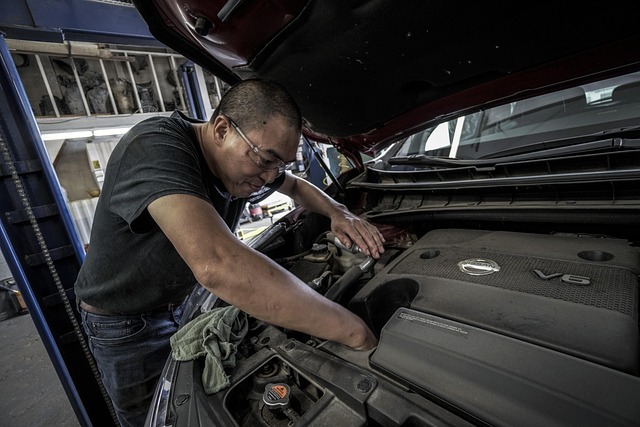
Claim dispute resolution (DDR) can significantly benefit your business by offering cost savings strategies that go beyond just avoiding legal fees. By efficiently managing and resolving disputes, DDR helps to mitigate the financial impact of claims, whether they involve product defects, service disagreements, or, in the case of a bustling automotive industry, car collision repair and vehicle body repair processes.
Effective DDR can streamline these processes, reducing the time and resources needed for car body repair and ensuring that your business operates efficiently. This is particularly beneficial when dealing with frequent claims, such as those related to the quality of repairs, which can impact profitability, especially in sectors like automotive where competition is high and customer satisfaction crucial.
Effective Case Studies: Real-World Examples of Successful Disputes Resolved

In the realm of claim dispute resolution, real-world examples illustrate its effectiveness in saving individuals and businesses money. Consider a recent case study involving a vehicle collision repair. A customer disputed the cost of repairs with their insurance company, arguing that the quoted price was excessive. Through a structured dispute resolution process, the parties engaged in mediation where they were guided to reach an agreement. The result? A significant reduction in the repair costs, with both parties finding a mutually acceptable solution without escalating to litigation, which would have been far more expensive and time-consuming.
Another compelling example involves a dispute between a property owner and a contractor over incomplete auto repair services. The homeowner had hired a contractor for extensive repairs only to find issues upon completion. They initiated a claim dispute resolution process, where an independent third party carefully reviewed the scope of work, evidence, and communications. This resulted in a clear determination of liability and a fair settlement that covered the necessary additional auto repair services without excessive legal fees often associated with court battles. These cases demonstrate how effective claim dispute resolution can be, ensuring fairness, cost-efficiency, and swift outcomes for all involved parties.
Claim Dispute Resolution (DDR) offers a cost-effective and efficient approach to managing conflicts, as demonstrated by numerous successful case studies. By implementing strategies that prioritize DDR, businesses can significantly reduce legal expenses and avoid lengthy, costly court battles. Embracing this method not only saves money but also fosters healthier relationships with clients and partners, ultimately contributing to long-term financial stability and growth.





